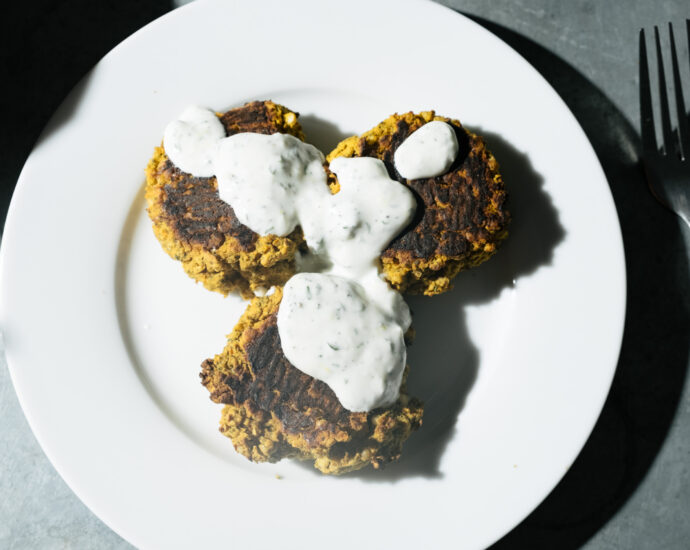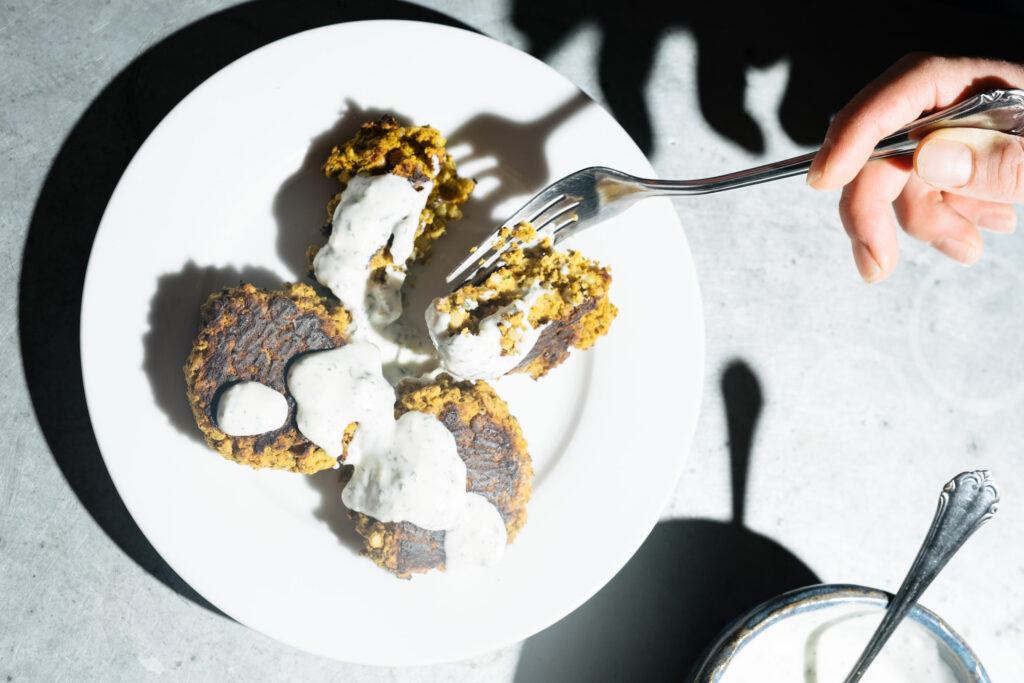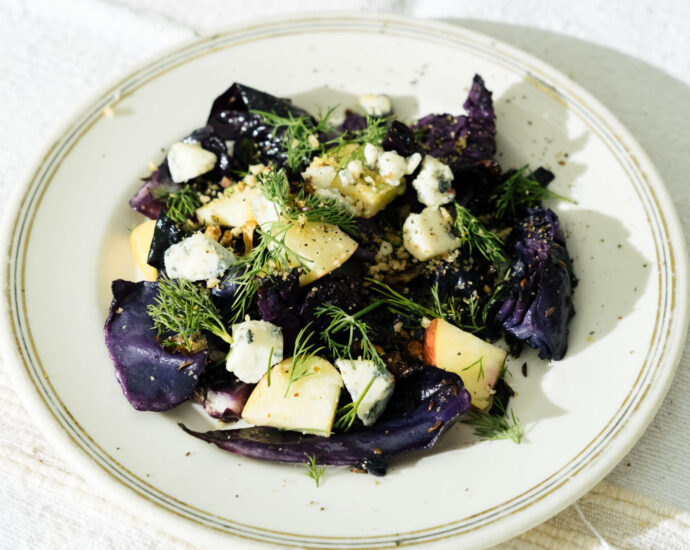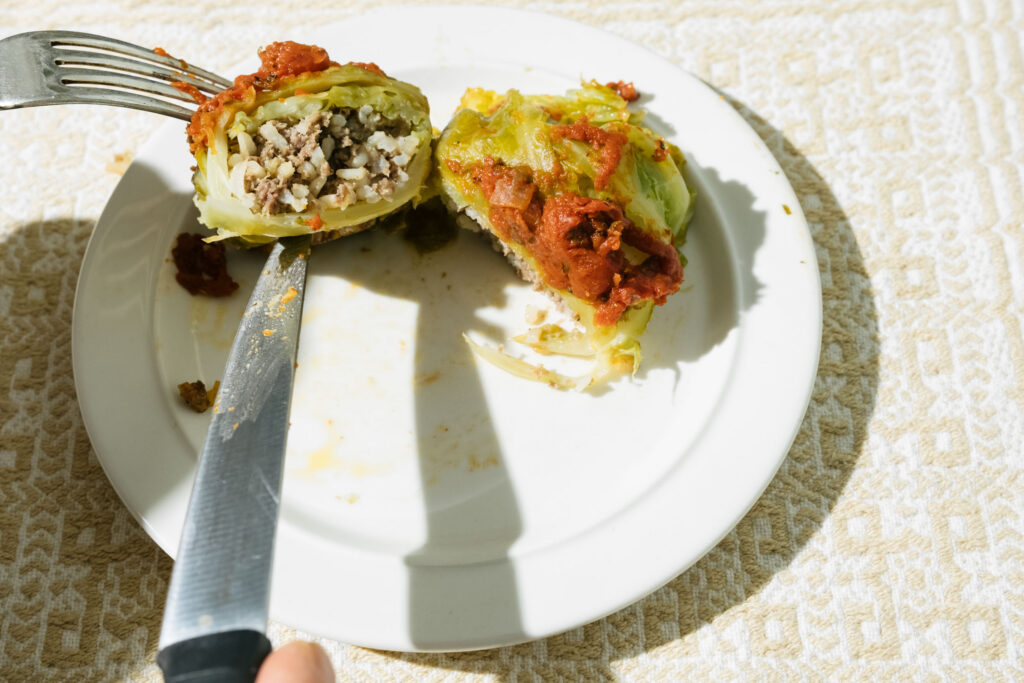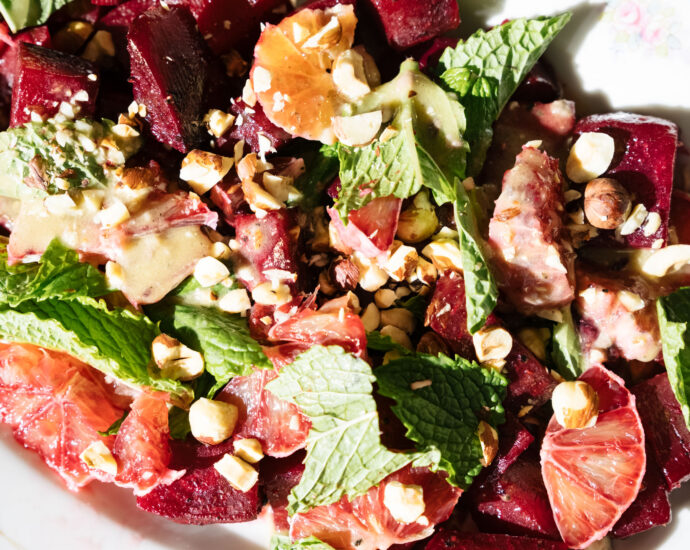horseradish chocolate tomato and grape salad
Chocolate tomatoes are a type of small heirloom tomato whose skin turns a purpley-brown color (hence, chocolate) that we grow in our garden. You can find them at local farm stands or farmers markets. They may be small, but they are full of deep flavor. Horseradish chocolate tomato and grape salad is tart and spicy and slightly sweet from the tomatoes.
Shaved horseradish cheddar and a horseradish vinaigrette make this salad savory and salty. The flavors are similar to that of a bloody mary which, I don’t know about you, but is one of my favorite cocktails. This tomato and grape salad includes remnants of summer with a hearty spice and comfort of winter. The purple hues are even similar to that of a fall mum, perfect for this time of year.

serves 3-4
ingredients
for the vinaigrette
- 2 teaspoons prepared horseradish (I used hot)
- ¼ cup red wine vinegar
- ¼ teaspoon salt
- ½ teaspoon freshly cracked black pepper
- ¼ cup extra virgin olive oil
for the salad
- 1 cup chocolate or grape tomatoes, some halved, some sliced
- ½ cup red grapes, halved
- 1 small red onion, sliced into rings
for the assembly
- 4 ounces horseradish cheddar cheese, thinly shaved or sliced
- 1/4 cup fresh basil, loosely packed, chopped
- 1/4 cup fresh parsley, loosely packed, chopped
steps
Prepare the vinaigrette and let it sit while you arrange the salad by whisking together the horseradish, red wine vinegar, salt, and pepper in a bowl. Slowly drizzle in the olive oil as you continue to whisk to allow the dressing to properly emulsify. Set it aside and arrange the tomatoes, grapes, and red onion on a large plate or dish. Scatter the horseradish cheddar cheese, basil, and parsley over the top of the salad then pour the vinaigrette over the top of the salad. Let the salad sit for 30 minutes to 1 hour before serving. This salad is best when enjoyed day-of.

















